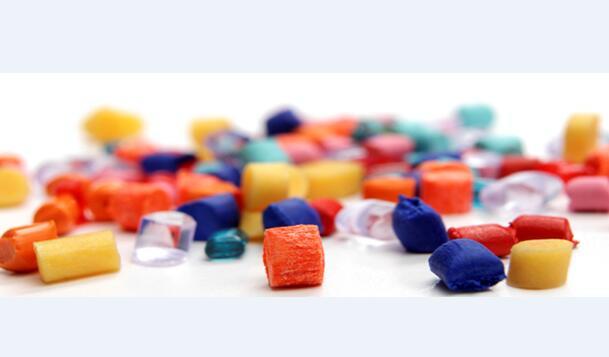In the electrical field, one of the essential things for electrical wires and cables is insulating andjacketing materials. For many years, the pre-eminent insulation material for power cables was oil-impregnated paper due to its excellent electrical properties. It has also the capacity to withstand ahigh degree of thermal overload without excessive deterioration. However, due to its hygroscopicnature, the metal sheath is moisture corroded. There was, therefore, a long-felt need for a powercable insulation material, which had a combination of the non-hygroscopic nature of thermoplasticmaterials.

The continuous research for such a dream material ultimately resulted in the discovery of the cross-linked polyethylene. The crosslinking of polymers refers to the modification of polymer properties byinducing chemical links between individual macromolecules. By crosslinking the polymers such aspolyethylene, a three-dimensional network of bonds is formed between polymer chains which increasesthe molecular weight. This is analogous to the mechanism of ‘vulcanising rubber’.
The conventional process of ‘vulcanisation’ entails heating and adding sulphur or other chemicals toform crosslinks between the characteristic long chains of elastomer molecules. This process started long ago and is still being used. The property of the polymer depends on the amount of sulphur used. Themore the sulphur used is, the harder is the product, which withstands higher temperature, pressures andmechanical challenges to its integrity. But sulphur vulcanisation has severe drawbacks with respect tohuman health and environment and has some economic drawbacks. Moreover, it needs high temperatureto start the chemical reaction and emits odourous and toxic gases as well as producing numerousunwanted chemical residues that have to be removed from the final product.
‘Radiation crosslinking’ is the well-proven method that bypasses all these negative effects of thevulcanisation process. It is a room temperature method having in itself an important cost advantage. It iseasily controlled and the desired properties of the polymer are obtained simply by changing the dose(irradiation time). The transformed materials are in no way inferior to those produced by sulphurvulcanisation.
The primary object of crosslinking is to upgrade the thermal resistivity. Generally, the maximumallowable temperature in a short circuit is 140⬚C for non-crosslinked polyethylene cable can be upgradedto 250⬚C by the radiation crosslinking process. The second most common objective is the memoryeffect such as displayed by shrink tubing. This is the unusual and valuable property of irradiated polyethylene and it is retained indefinitely within the polymer irrespective of time and of any subsequentnumber of deformations. Thus, if polyethylene is irradiated in a partly crystalline form (i.e. below itsmelting point) and then heated to remove the crystals, it can be considerably deformed (e.g. by stretch-ing) and then cooled again to crystals to reform in its new shape. If the material is heated again abovemelting, these crystals disappear and the rubber-like polyethylene will tend to return to the shape if it isheld during irradiation possibly months or years before. Shrink tubing is manufactured by extruding aspecially formulated polymer into a tube and subsequently crosslinking this tube. After crosslinking, thetube is heated, expanded and cooled in the expanded form. This expanded tube, once reheated willshrink back to its original shape, which is due to memory effect of crosslinking. Since the polymermolecules are chemically linked to each other and no longer able to move at random, differentproperties like heat resistance, abrasion resistance, dimensional stability, adhesion property etc. areimproved. Thus, crosslinking may impart the desirable properties to the polymer, i.e. toughness,flexibility, impact resistance, chemical resistance etc. Irradiated polyethylene is very widely used forheat shrinkable films for packaging, encapsulation and for electrical connections, which canbe readily heat shrunk onto other components. For flexibility, the crosslinked wire/cableinstallation is easier and it is free from height limitation. Moreover, no metallic sheath is requiredfor maintenance. In addition, the tensile properties are intermediate between a thermoplastic and anelastomer.
Post time: Feb-18-2017

